The views expressed in our content reflect individual perspectives and do not represent the authoritative views of the Baha'i Faith.
The arts, according to the Universal House of Justice, the democratically-elected leadership body of the Baha’i Faith, are an “integral … part of the development of a community.” What does that mean for artists?
It means that everyone needs art. As meaning-making life forms, we human beings cannot thrive without it.
Whether in the setting of a large or a small gathering, or in the context of each person’s life, the arts play a very important role in building healthy individuals and healthy, vibrant, peaceful communities. There are many different ways to use the arts in our work and in our lives, and every single one of them has benefits.
Any discussion of the subject, though, should begin with a clarification of what is meant by “the arts.” We tend to traditionally think of that term as only applying to the so-called “fine arts,” which typically include painting, sculpture, and music – but the boundaries of art extend much further.
The Baha’i teachings vastly expand the definition of the arts to include a wide range of activities, even encompassing our professions, industrial pursuits, crafts, and trades. Art is not just about painting and singing, the Baha’i teachings say, but has larger implications far beyond its traditional definition.
RELATED: Healing Through Art and Activism on Chicago’s South Side
Art, in some ways, means seeking beauty and perfection in any endeavor. The Bab, the herald and predecessor of Baha’u’llah, encouraged everyone who creates anything to do their absolute best to perfect their work:
Perfect ye then your own handiwork in all that ye produce with your hands working through the handiwork of God. Then would this indeed be a handiwork of God, the Help in Peril, the Self-Subsisting. Waste ye not that which God createth with your hands through your handiwork; rather, make manifest in them the perfection of industry or craft … For verily one who perfecteth his handiwork indeed attaineth certitude in the perfection of the handiwork of God within his own being.
The arts give us a creative way of expressing our view of the world. A physician who practices the healing arts, for example, uses this skill to see her patients in a different light, and inform them of her diagnosis. Whether it is music, painting, dance, storytelling, quilting, or any other medium that one chooses, the arts offer a broader perspective on the world around us, and can help us see new ways of interacting with it.
In a recent message, the Universal House of Justice said the arts are: “… an important means of generating joy, strengthening bonds of unity, disseminating knowledge, and consolidating understanding …”
Let’s look at three specific ways art can engender joy, unity, knowledge, and understanding:
1. All art begins with simple joy. The painting hanging on our wall at home, a bouquet of flowers on a table, or the live performance of a beautiful piece of music all have the capacity to lift our spirits and increase our happiness. Art allows us to relax, breathe deeply, and opens us up to the wonder of the world around us. The arts can help us unwind from a long day at work, giving us a greater and necessary balance in a healthy life. In his book Epistle to the Son of the Wolf, Baha’u’llah reminded us that the arts should be “conducive to the well-being and tranquility” of all.
RELATED: How You Can Build Global Unity From the Grassroots Up
2. The arts can strengthen the “bonds of unity” between people in many ways. We can all enjoy the shared love of a sports team, the heart-lifting beauty of a song, or an excellent film or television show. Some people bond over the common experience of attending a play or a concert together, reminiscing on it years later. Others feel a sense of togetherness by doing crafts together, laughing sometimes at their own ineptitude, and celebrating the beautiful creations that seem to miraculously develop upon their completion.
Whole cultures are strengthened by their artistic heritage, whether it is the Renaissance paintings and sculptures of which the Italians are rightly proud, or the totem poles telling the noble history of the Indigenous families and communities on the western Canadian coast. By recognizing the great power of unity inherent in the arts, we can help others feel welcomed into a growing community, and help them contribute their own skills to its further development.
These two levels of the use of the arts are probably the most familiar to us, and the ones that come easily to mind. Whether as a passive viewer of a performance, or through the active participation in coloring in a children’s class, these tools of joy and unity help us understand the simple connectedness we can generate through the arts.
3. We’re all aware of the image of the boring, droning professor in our society, and most of us can relate to the result – students falling asleep in their chairs. But when an engaged, enthusiastic teacher uses the art of teaching to creatively convey information, it can be a lesson remembered for years. For example: numerous videos on the internet use animation to share new knowledge. “Schoolhouse Rock,” “The Story of Stuff,” and even “Horrible Histories” all use the arts to great effect in conveying their message to the masses.
The Second Baha’i World Congress, in New York, successfully conveyed the awe-inspiring impact of Abdu’l-Baha on humanity through dramatic presentations, still remembered decades later by those who were there.
Joy, unity, knowledge, and understanding – the arts, especially when we expand their definition in a wider and more inclusive scope – can help us each reach for these lofty spiritual goals.


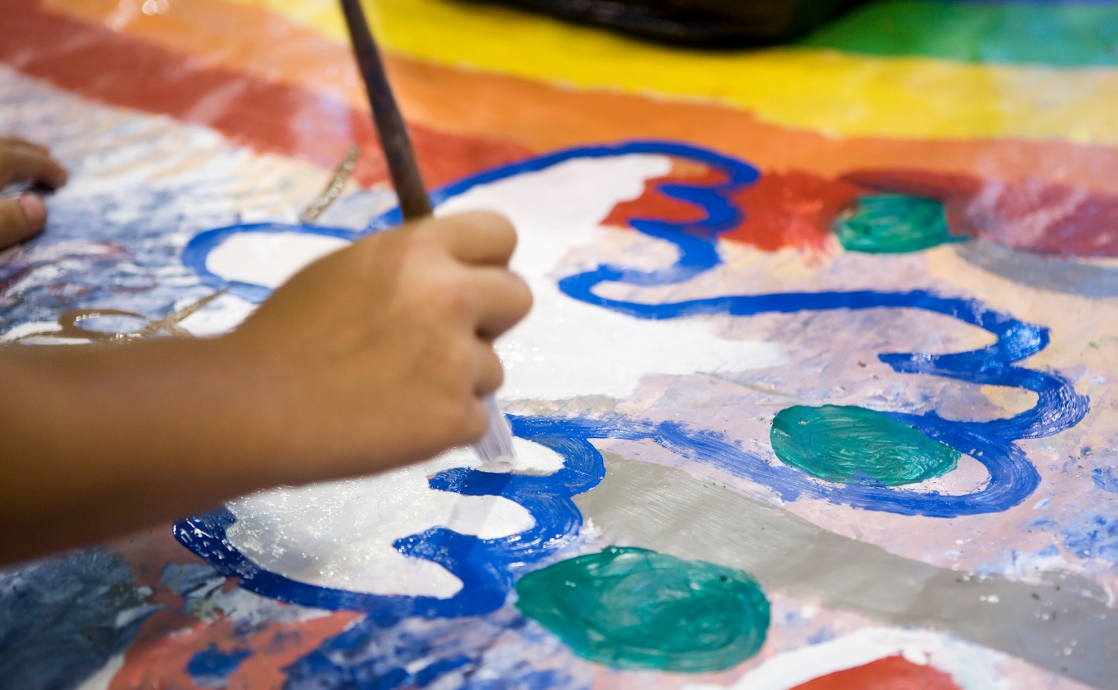

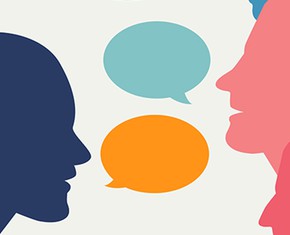
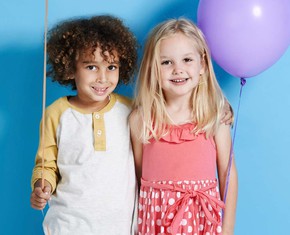


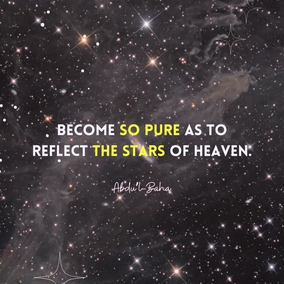

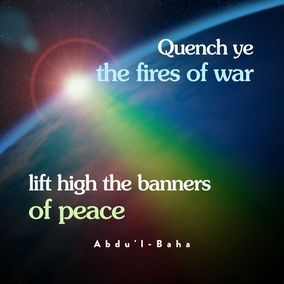
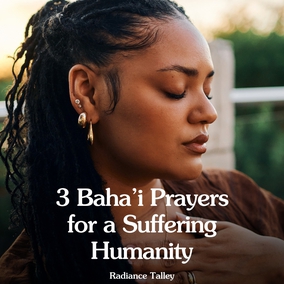
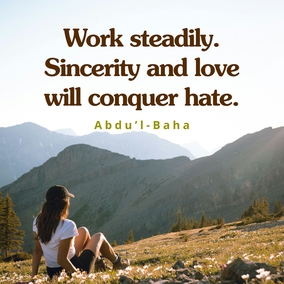
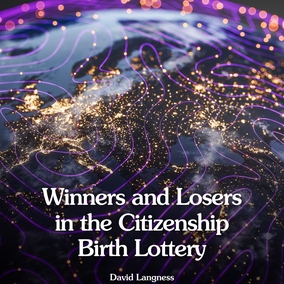
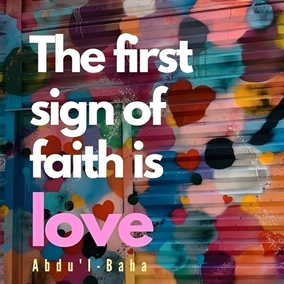

Comments
Sign in or create an account
Continue with Googleor